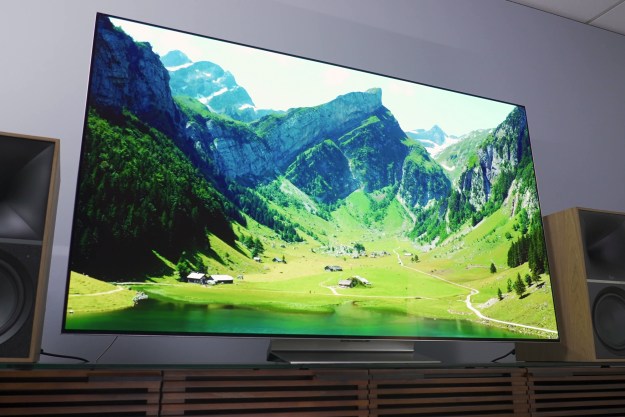

Of the 64 percent of Americans who own a smartphone, 10 percent do not have broadband at home, which means that their smartphone is their sole means for accessing the Internet. An additional 15 percent of
A range of factors, including income, ethnicity, and age, were relevant to this phenomenon:
- Money talks: Pew discovered that 13 percent of Americans with an annual household income of less than $30,000 a year were completely dependent on their smartphones for Internet access. In contrast, just 1 percent of Americans who earn $75,000 and up a year are dependent solely on their smartphone for Internet access.
- Age is key: Some 15 percent of Americans between 18 and 29 are heavily dependent on their smartphones for Web access.
- Ethnicity plays a role: Around 12 percent of African Americans and 13 percent of Latinos are smartphone-dependent, but only 4 percent of whites rely only on their smartphones for Internet access.
To make matters worse for smartphone-reliant Internet users, Pew found that a whopping 48 percent of such smartphone-dependent Americans have had to cancel their phone plans for a while because the they could not afford the monthly fees for data and service. In addition, 30 percent of smartphone-dependent users routinely exceed their data cap and 51 percent say it happens often.

The study turned up some interesting trends among the types of activities smartphone users engage in while on the Web. More than half have looked up a health condition or done online banking on their phones. Slightly less than half have looked up real estate listings, job information, and government services. Some even use their phones to apply for jobs and take classes.
When it comes to news, it turns out that smartphone users love to be up to date on info, with nearly 70 percent following breaking news on their smartphones and sharing thoughts on news stories with friends. Turn-by-turn navigation instructions are similarly popular among

One of the funnier parts of the study details how differently younger smartphone owners use their phones from how older Americans do. Some 91 percent of
Perhaps the most revealing divide between the generations involved phone usage designed to avoid other people or to stave off boredom. Around 93 percent of 18-29 year old smartphone users said they used their phones when bored at least once during the week. Additionally, nearly half of
The study holds many more cool nuggets of info, so check out the full thing on the Pew Research Center site.


